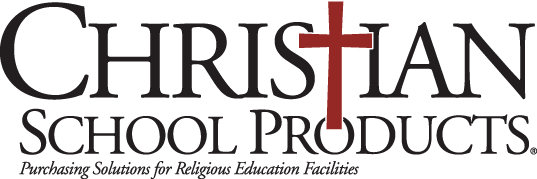School safety is no longer simply a background issue—it is a critical operational imperative for every campus, including private schools. The tragic school-shooting events of recent years underscore that even institutions outside large public-district systems are vulnerable. With Texas moving forward on a voucher/education savings account (ESA) program that will send more students into private schools, those campuses must be ready.
Why It Matters: The Texas Context + Voucher Program Risks
In Texas, the enactment of a statewide ESA/voucher program means that many private schools will be welcoming new student populations through this route. That creates both opportunities and increased responsibility. Some incoming students may arrive with behavioral histories, special education needs, prior disciplinary episodes, or trauma — circumstances that add complexity to campus safety and support systems.
Safety and security risks do not discriminate by school type: public, charter, and private schools all face the same kinds of threats—from bullying, medical emergencies, behavioral crises, to active-shooter incidents and natural disasters. The regulatory and funding ecosystems may differ, but the imperative is the same for every campus.
Therefore, private schools in Texas must adopt the same rigorous frameworks in use in large districts: School-Based Threat Assessment (SBTA) Teams, Multi-Hazard Emergency Operations Plans (MEOPs/EOPs), crisis-response procedures, physical and electronic security systems, and trained safety staff.
Recent Incidents that Reinforce the Imperative
On March 27, 2023, at the The Covenant School, a private Christian elementary school in Nashville (pre-K–6), a shooter killed three children and three adults before law-enforcement intervened.
On August 27, 2025, at the Annunciation Catholic School (a K–8 parish school in Minneapolis) the shooter fired dozens of rounds through windows during a back-to-school Mass, killing two children (ages 8 & 10) and injuring many more.
These tragedies demonstrate that no school is immune, private or otherwise. They also highlight gaps: how quickly a determined attacker can exploit physical vulnerabilities, how behavioral threat assessment may miss indicators, and how response time matters.
Why Qualified Safety Teams Are Non-Negotiable
These events show that well-intentioned administrative or volunteer efforts alone may be inadequate. A truly effective safety program requires professionally trained, specialist personnel embedded in the fabric of the school’s operations. Without that, the best policies and technologies may still fail under stress.
Here’s how such teams complement the broader safety framework:
- SBTA Integration: A qualified safety officer or security team member can partner with the Threat Assessment Team—not just as a “body on campus” but as a full partner in risk-identification, behavior-monitoring, and intervention planning.
- MEOP Execution: Planning is only as good as execution. During a crisis, a trained safety team anchors incident command, ensures communication flows, and coordinates response—minimizing chaos.
- Technology + Monitoring: Panic-buttons, silent alerts, integrated emergency management software—these tools require trained personnel who know when and how to use them effectively, not just “installed and hoped for the best.”
- Physical Presence & Culture: Visibility of professional safety staff fosters deterrence, improves situational awareness, supports students/staff, and mitigates risk before it escalates.
- Post-Incident Review & Continuous Improvement: After an incident (or near-miss), a specialist team leads the after-action review and drives corrective actions, ensuring the school learns and evolves rather than repeating vulnerabilities.
How These Recommendations Strengthen the Overall Safety Framework
By embedding a qualified partner into both the people layer and administrative/operational layer, a private school can ensure that:
- Threat-assessment is active, ongoing and multidisciplinary, not simply policy on a shelf.
- Emergency operations plans are live, practiced, and integrated, not static documents.
- Technology and physical security measures are effectively used, not just installed.
- Behavioral and structural transitions (such as incoming voucher-students) are managed proactively, reducing the risk of behavioral escalation or unsupported students causing unintended safety consequences.
- The school’s culture of safety is elevated, providing reassurance to parents, students, faculty, and regulators.
Final Thoughts
As Texas embraces expanded private-school participation through its voucher/ESA program, private schools must recognize that the influx of students brings both opportunity and increased responsibility.
Safety cannot be assumed — it must be built, maintained, and continually improved. The chilling recent incidents including The Covenant School shooting in 2023 and Annunciation Catholic School shooting in 2025 remind us that vulnerability is real, and preparedness matters.
By integrating a robust SBTA, a practiced MEOP, modern technology, and a professional safety partner, private schools in Texas can build a layered, resilient safety infrastructure that protects every student, every day.
John Mallios is a seasoned school safety professional with more than 13 years of experience dedicated to protecting students, staff, and school communities. In 2018, he founded Senturian One, Ltd. Co., a Dallas–Fort Worth–based security and school safety firm committed to delivering specialized protection and consulting services for educational institutions, www.senturianone.com.







